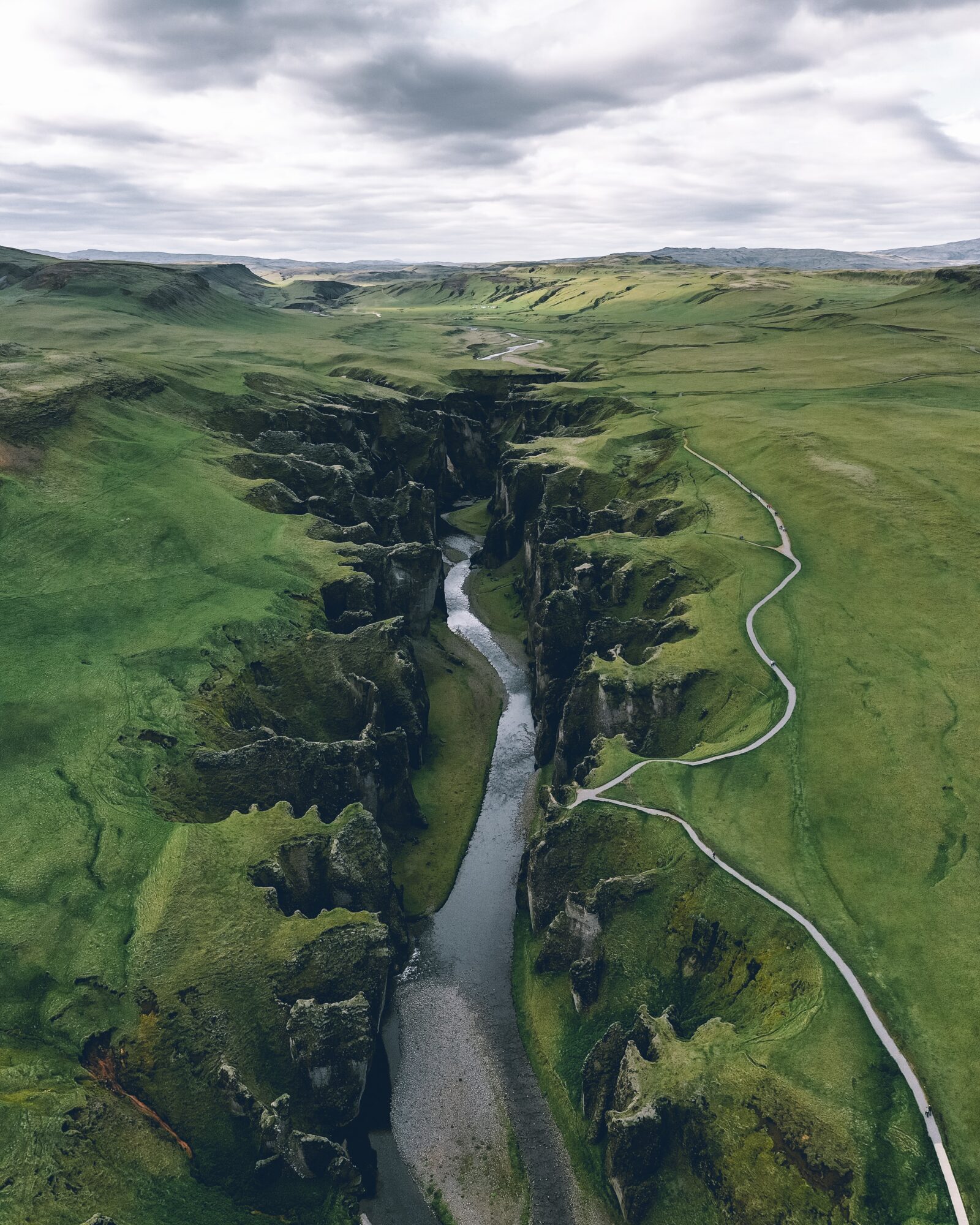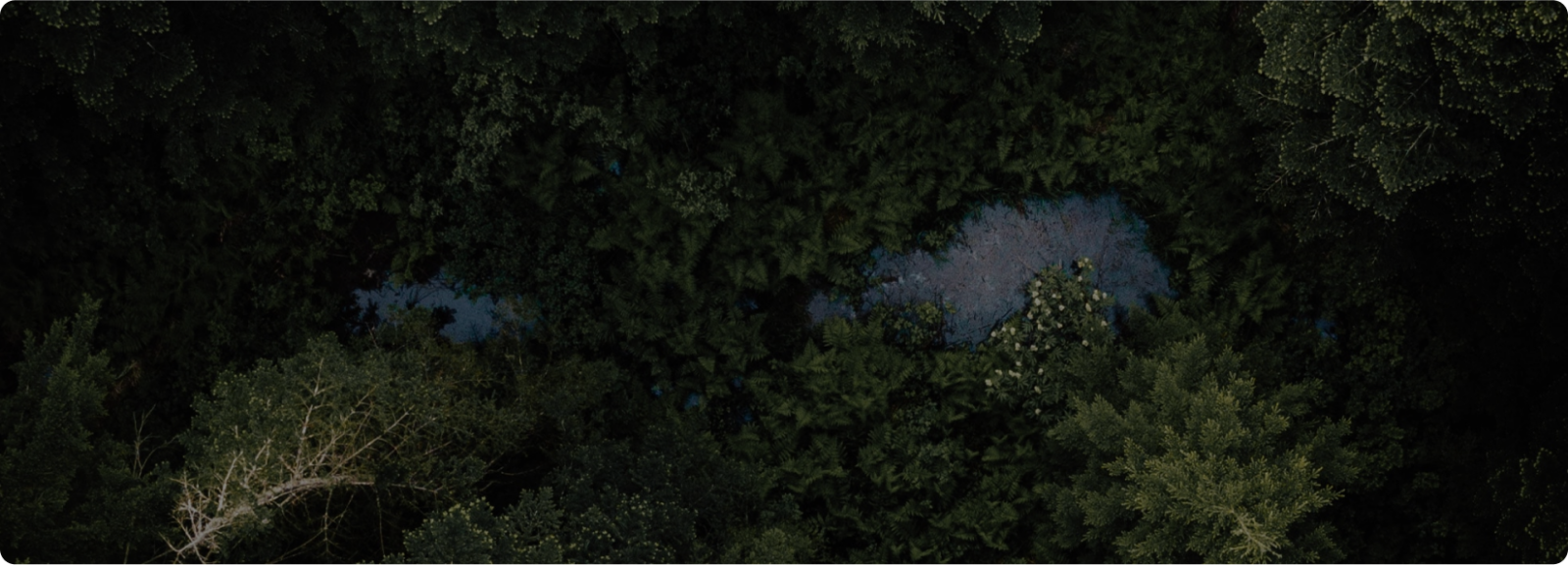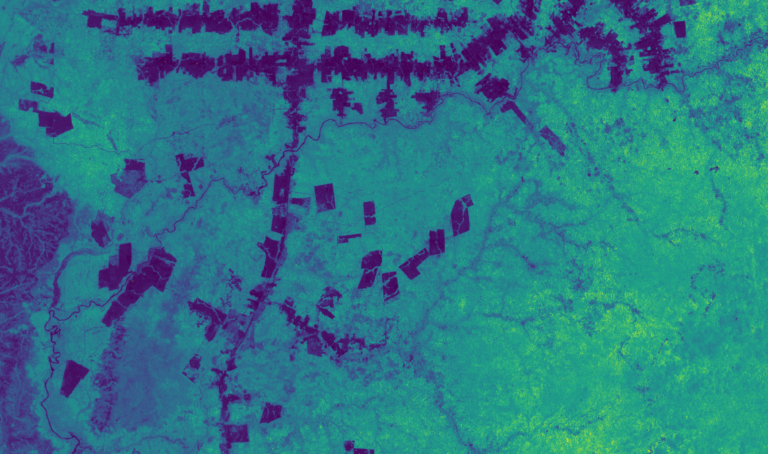A series of recent publications and news articles have questioned the credibility of forest carbon credits, specifically citing over-crediting. Pachama has long recognized this problem, which is why we have been building technology solutions including an algorithmic approach to computing dynamic baselines. Our approach is similar to the methods in these publications.1
Today we’re releasing a Research Brief that summarizes our initial baseline validation. We are eager to contribute to the public discussion and receive feedback from technical experts, market participants, and other stakeholders.
Like recent publications, our results show some projects are over-credited, yet we also see some project baselines that roughly track our dynamic baseline, while other projects are even under-credited. Additionally, we find that over and under-crediting can vary by year (see Fig. 2 below).
The most important contribution of this work by Pachama and other groups is to show that it is possible to compute rigorous baselines to ensure that carbon credits equal real emissions reductions. These methods offer a clear path forward for improving the integrity of the voluntary carbon market.
How does Pachama build algorithmic dynamic baselines?
Pachama uses a k-nearest neighbor (k-NN) algorithm to match the carbon project to a control area within a search region (Fig. 1). The matching features consider key deforestation risk factors and enable baseline validation against independent observations using placebo projects. We quantify annual baseline error by comparing observed deforestation in placebos and their control areas. See the Research Brief to learn more.


What are the next steps?
Pachama’s next objective is to help operationalize these methods to ensure the integrity of credit issuance.
- Over the coming months, we will incorporate feedback to improve our methods, extend our analysis to more projects, and finalize detailed technical documentation for peer review.
- Pachama plans to integrate the most recent version of our algorithmic baseline into our Project Evaluation Criteria. While we currently use annual deforestation data to evaluate a project’s forecasted baseline, this update will provide an independent check on the project’s registry-approved reference area.
- Pachama is actively working to pilot a Digital Monitoring, Reporting, and Verification (DMRV) Platform integrated with registries that will enable automated and standardized computation, validation and submission of project baselines.
The intent of releasing these initial results is to advance this critical public discussion. Pachama is optimistic about combining algorithmic baseline approaches with the proper policy framework to eliminate over-crediting.
What other technology solutions is Pachama building?
Our baseline-specific work is only one part of the suite of tech solutions we’re building to improve the integrity of the voluntary carbon market:
- Satellite observations and automated credit calculations enable us to move away from relying on manual field measurements, assumptions, and PDF files to more efficient, accurate measurements that can be standardized across avoided deforestation and reforestation projects. Read more about Pachama’s regional-scale forest carbon mapping and dynamic baseline, mentioned above.
- Digital Measurement, Reporting, and Verification platforms will help modernize carbon markets, enabling standardized, high-integrity crediting that can scale at the speed the planet demands. We recently announced a pilot with Verra, a first of its kind for forest carbon, and remain committed to working with a broad swath of stakeholders to make carbon markets work.
- Rigorous evaluation of project quality ensures that businesses can confidently invest today in projects with a meaningful climate impact. Our newest Project Evaluation Criteria raises the quality bar even higher by harnessing the latest advancements in remote sensing and scientific research.
- A new generation of nature-based carbon projects applies technology every step of the way to create impactful forest programs that will stand the test of time. Pachama Originals represents a portfolio of technology-enabled reforestation and forest conservation projects co-developed by Pachama and local partners.
The world’s forests not only sequester gigatons of carbon but also protect biodiversity and support livelihoods for local communities. If properly designed, the market for forest carbon can be a critical climate solution. But this requires driving net deforestation to zero and reforesting an area roughly 10 times the size of France (1,2).
Pachama hopes to work together with scientists, policy experts, forest communities, non-profits, and corporations to solve this global challenge. We welcome questions and feedback at science@pachama.com. For press inquiries, please contact us at media@pachama.com.
Footnotes
These baseline approaches are in principle no different than a scientific experiment or pharmaceutical trial. To quantify the effect of a COVID vaccine, a treatment group that receives the vaccine is compared to a control group that does not. To quantify the effect of a carbon project, we compare an area enrolled in the carbon market to control areas that are not.






